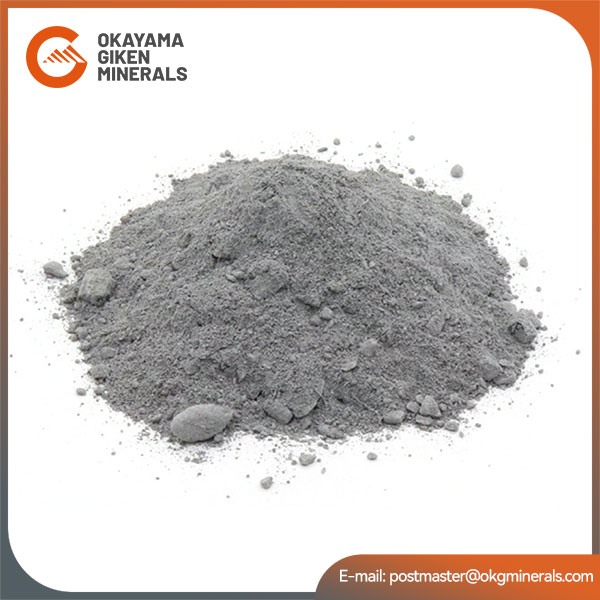
Refractory castables are a special material used in high temperature environments. The rationality of its density is related to the refractory performance and service life of the castable. The following is a detailed explanation:

The density of refractory castables is directly related to its temperature resistance, compressive strength and thermal conductivity. Higher density can provide better high temperature resistance, so that the castable can maintain a stable structure and shape in a high temperature environment. At the same time, high density can also provide higher compressive strength, so that the castable is not easy to break or collapse when subjected to external force. In addition, density also affects the thermal conductivity of the castable. Higher density can provide better thermal conductivity, so that heat can be conducted more quickly and improve the overall working efficiency of the castable.
The density of refractory castables is affected by many factors, and the choice of raw materials directly affects the density of the castable. Different types of refractory materials have different densities. Therefore, when proportioning, it is necessary to reasonably select raw materials according to engineering requirements and environmental conditions to ensure that the density of the castable meets engineering requirements.
Reasonable control of the density of castables can improve the efficiency of the project. Higher density means that the castables are more stable and durable in high temperature environments, reducing the frequency of maintenance and replacement, thereby saving engineering time and labor costs. In addition, castables with higher density can also provide better thermal conductivity, making the heat conduction of high-temperature equipment more rapid and uniform. In short, the density of refractory castables is one of the important factors affecting their refractory performance and service life.